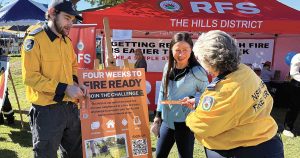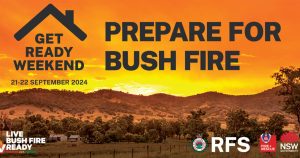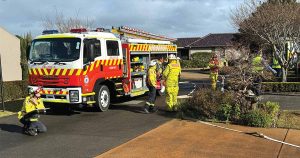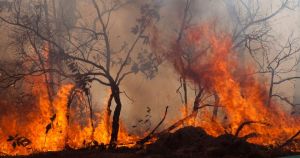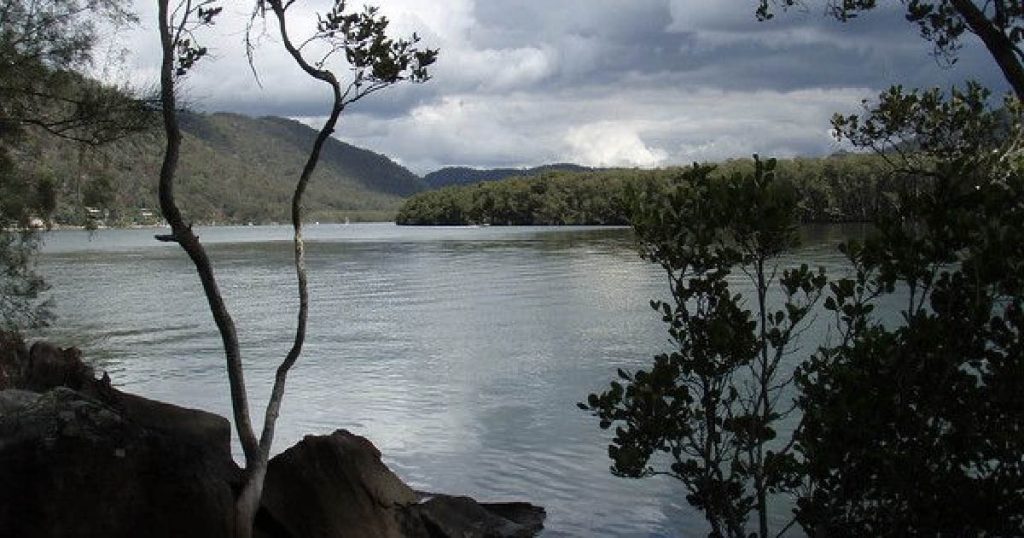
Clr Mitchell Blue, The Hills Shire Council
Hawkesbury River
Not too long ago, I wrote about the worrying signs we’re seeing in the Hawkesbury River. It’s a topic that matters deeply—not just to me, but to so many in our community. If you’ve ever walked along its banks, cast a fishing line, taken a boat out, or simply stopped to admire the view, you’ll understand: this river isn’t just part of the landscape—it’s an integral part of our district.
The Hawkesbury River supports our farms, provides drinking water, manages our wastewater, and offers countless recreational and tourism opportunities. It’s a hard-working, life-giving system that does so much for our community. And yet, its health is slipping through our fingers.
We’re seeing real signs of strain—declining water quality, sediment build-up, changing salinity, and growing pressure on the environment. People who work on or rely on the river every day are raising red flags and while plenty of studies and plans have been written over the years, one big issue remains: there’s no single authority taking charge to bring it all together.
This fragmentation makes it far too easy for well-meaning efforts to fall between the cracks. And the truth is, we can’t afford to let that keep happening. But there’s hope!
Following a meeting earlier this year organised by the Upper Hawkesbury Nepean Users Group, it was clear something had to be done to protect the river. It is clear that Hawkesbury, Hornsby and The Hills councils share the same concerns and the same vision: that we must work together for the betterment of the river. The health of the Hawkesbury isn’t a local issue, it’s a regional one—and only through genuine collaboration can we begin to turn things around.
At our Council meeting on the 12th of August, a Mayoral Minute was put forward to advocate for change and put forward the first steps toward a more unified approach. The aim is to ensure there are measures and a governance model put in place to protect the river— not just through words, but through action. That means clearer responsibilities, stronger coordination, and a commitment to building on the good work already done, like the Hawkesbury- Nepean Coastal Management Program.
The motion read;
1. Council advocates for the creation of an enhanced Authority for the governance of the Hawkesbury Nepean River system with enhanced resourcing to coordinate existing plans, develop a business plan of complete actions and assist agencies to improve the health of the Hawkesbury River.
2. Council writes to the NSW Premier, NSW Environment Minister and NSW Planning Minister requesting a meeting to discuss the governance of the river.
3. The General Manager prepare a report to suggest a future governance model for the Hawkesbury/Nepean River System If we truly value what the river gives us—our economy, our environment, our sense of place—then we must treat it like the irreplaceable asset it is.
Watch this space as we will have more to say on this moving forward.
Hills Hornsby Rural Koala Project
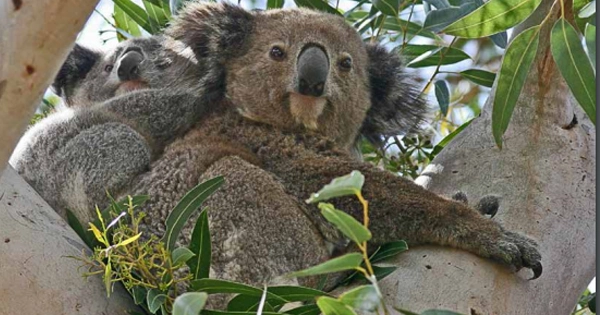
If you thought koalas only lived far out in the bush, think again— because they’re right here in The Hills!
Before 2002, The Hills actually had a healthy population of koalas, quietly living among the eucalyptus trees, especially around Glenorie. Sadly, that all changed when devastating fires swept through the area that year. After that, the koalas all but vanished, and many believed they were gone for good.
But in 2018, something remarkable happened. A Glenorie local snapped a photo of a koala—right in the area where they were thought to be extinct. That one moment sparked something big: the birth of the Hills–Hornsby Rural Koala Project. With no formal records of a population at the time, this sighting gave hope that maybe, just maybe, the koalas were making a quiet comeback.
Since then, thanks to passionate community members and extensive fieldwork, the Project has mapped out 33 verified and 53 anecdotal (non verified) instances of koala activity across the region. The verified sightings are both in The Hils and Hornsby Shires, particularly in the Glenorie and Maroota areas with 60 percent being in the Maroota State Forest area. What they’ve found is encouraging: a low-density breeding population appears to be hanging on!
But it’s also a call to action. As we head into spring and summer, residents can help by simply listening. Koalas make distinctive calls during this season—if you hear one, the Project would love to know. You can familiarise yourself with the sound by visiting the Hills– Hornsby Rural Koala Project Facebook Page. And if you do hear a call, don’t ignore it—reach out and report it.
Every piece of information helps build a clearer picture of where our koalas are living and how we can better protect them.
A heartfelt thank you goes to Lilly and her dedicated team of volunteers. From watching trail cams and drones to walking the bush, recording data, and listening for calls, their tireless work is keeping this important project alive—and giving our local koalas a fighting chance.
So next time you’re out in the bush—or even just relaxing in your backyard—keep your ears open. You might just hear something wonderful.

